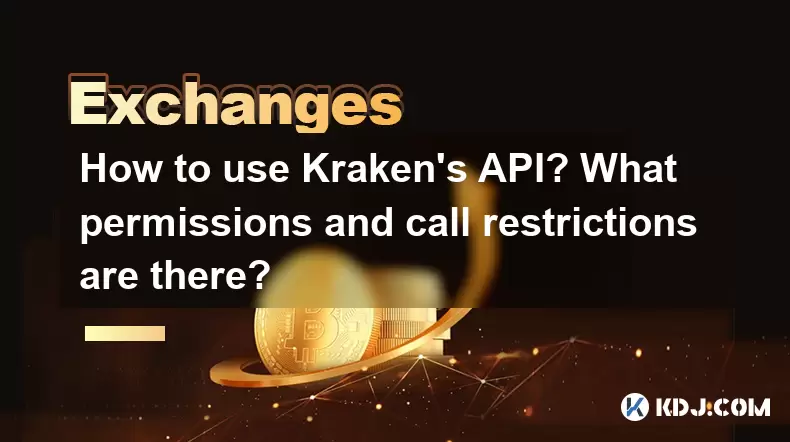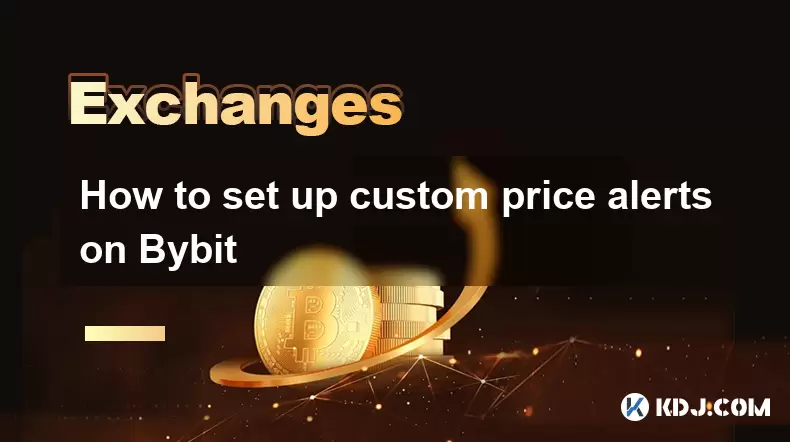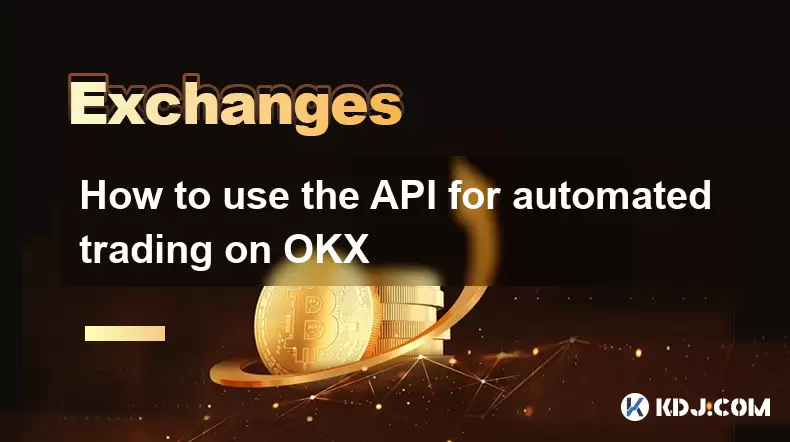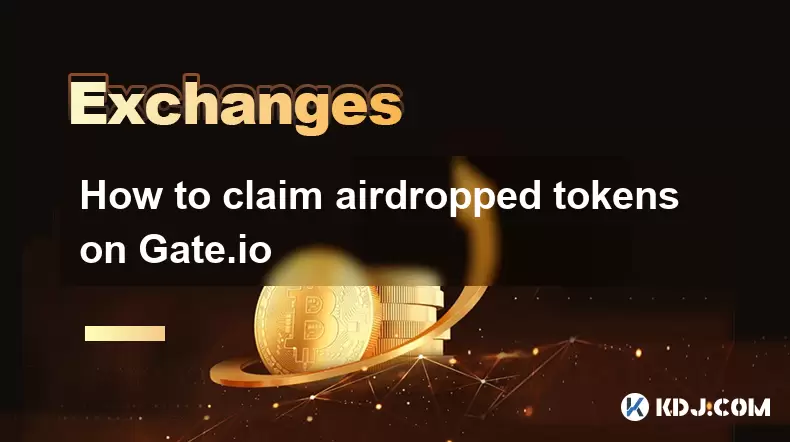-
 Bitcoin
Bitcoin $117400
1.88% -
 Ethereum
Ethereum $3867
5.29% -
 XRP
XRP $3.081
2.58% -
 Tether USDt
Tether USDt $1.000
0.03% -
 BNB
BNB $779.7
0.92% -
 Solana
Solana $171.8
2.11% -
 USDC
USDC $0.9999
0.01% -
 Dogecoin
Dogecoin $0.2172
5.80% -
 TRON
TRON $0.3413
1.41% -
 Cardano
Cardano $0.7641
3.06% -
 Hyperliquid
Hyperliquid $39.69
3.62% -
 Sui
Sui $3.731
6.73% -
 Stellar
Stellar $0.4125
3.55% -
 Chainlink
Chainlink $18.23
8.86% -
 Bitcoin Cash
Bitcoin Cash $579.5
1.41% -
 Hedera
Hedera $0.2538
4.02% -
 Ethena USDe
Ethena USDe $1.001
0.00% -
 Avalanche
Avalanche $22.81
2.82% -
 Litecoin
Litecoin $121.7
1.10% -
 UNUS SED LEO
UNUS SED LEO $8.962
-0.33% -
 Toncoin
Toncoin $3.324
2.94% -
 Shiba Inu
Shiba Inu $0.00001263
2.30% -
 Uniswap
Uniswap $10.24
4.95% -
 Polkadot
Polkadot $3.780
3.09% -
 Dai
Dai $1.000
0.03% -
 Bitget Token
Bitget Token $4.432
1.64% -
 Cronos
Cronos $0.1493
3.87% -
 Monero
Monero $256.7
-9.05% -
 Pepe
Pepe $0.00001092
3.99% -
 Aave
Aave $279.0
6.11%
How to use Kraken's API? What permissions and call restrictions are there?
Kraken's API allows automated trading and account management, but users must set up keys, understand permissions, and adhere to call restrictions for secure usage.
May 14, 2025 at 08:07 pm

Introduction to Kraken's API
Kraken is one of the most established cryptocurrency exchanges, offering a robust API that allows users to automate trading, manage their accounts, and access real-time market data. Understanding how to use Kraken's API, as well as the permissions and call restrictions it imposes, is crucial for anyone looking to leverage this powerful tool. This article will guide you through the process of using Kraken's API, detailing the necessary permissions and the restrictions you need to be aware of.
Setting Up Your Kraken API Account
Before you can start using Kraken's API, you need to set up an API key. Here's how you can do it:
- Log into your Kraken account. Navigate to the 'Settings' section.
- Go to the API tab. You will find this under the 'Security' section.
- Create a new API key. You will be prompted to enter a name for your key and select the permissions you want to grant.
- Verify your identity. Depending on the permissions you choose, you might need to complete additional verification steps.
- Generate the key. After setting your permissions, click on 'Generate key'. You will receive an API key and a private key. Keep your private key secure; it should never be shared or exposed.
Understanding API Permissions
Kraken's API offers several permission levels, each allowing different levels of access to your account. Here are the main permissions you can choose from:
- Query Funds: Allows you to check your account balance but not to move funds.
- Withdraw Funds: Grants the ability to withdraw funds from your account. This is the highest level of permission and should be used cautiously.
- Trade: Permits trading on your behalf. This includes placing orders and canceling them.
- Ledger: Provides access to your transaction history.
- Add/Remove Order: Allows for the management of orders, including adding and removing them.
When setting up your API key, you can choose any combination of these permissions based on your needs. It's recommended to only grant the permissions necessary for your intended use to minimize security risks.
Making API Calls
Once your API key is set up, you can start making API calls. Kraken's API uses RESTful endpoints, and you will need to include your API key in the headers of your requests. Here's a basic example of how to make an API call using Python:
import requestsapi_key = 'your_api_key'
api_secret = 'your_api_secret'
url = 'https://api.kraken.com/0/private/Balance'
headers = {'API-Key': api_key}
nonce = str(int(time.time()*1000))
payload = {
'nonce': nonce
}
Sign the request
api_sign = hmac.new(api_secret.encode(), (nonce + url).encode(), hashlib.sha256).hexdigest()
headers['API-Sign'] = api_sign
response = requests.post(url, headers=headers, data=payload)
print(response.json())
This example shows how to retrieve your account balance. Make sure to replace 'your_api_key' and 'your_api_secret' with your actual keys.
API Call Restrictions
Kraken imposes several restrictions on API calls to prevent abuse and ensure fair usage. Here are the key restrictions you should be aware of:
- Rate Limits: Kraken has different rate limits for different types of API calls. For public endpoints, the limit is typically 15 requests per second. For private endpoints, the limit is 1 request per second for unverified accounts and 20 requests per second for verified accounts.
- Burst Limits: In addition to rate limits, Kraken also has burst limits. For example, you can make up to 200 requests in a 10-minute window for public endpoints.
- IP Restrictions: Kraken may impose IP-based restrictions if it detects suspicious activity. Ensure that your IP address is not flagged by adhering to the rate limits and using the API responsibly.
Handling Errors and Responses
When using Kraken's API, it's important to handle errors and responses correctly. Kraken returns responses in JSON format, and errors are indicated by a non-zero 'error' field. Here's how you can handle errors in Python:
response = requests.post(url, headers=headers, data=payload)
data = response.json()if data['error']:
for error in data['error']:
print(f"Error: {error}")
else:
print("Success:", data['result'])
Always check for errors in the response to ensure your API calls are processed correctly.
Using the API for Trading
Kraken's API can be used for automated trading. Here's a basic example of how to place a buy order:
import requests
import time
import hmac
import hashlib
api_key = 'your_api_key'
api_secret = 'your_api_secret'
url = 'https://api.kraken.com/0/private/AddOrder'
headers = {'API-Key': api_key}
nonce = str(int(time.time()*1000))
payload = {
'nonce': nonce,
'pair': 'XBTUSD',
'type': 'buy',
'ordertype': 'limit',
'price': '30000',
'volume': '0.01'
}
Sign the request
api_sign = hmac.new(api_secret.encode(), (nonce + url).encode(), hashlib.sha256).hexdigest()
headers['API-Sign'] = api_sign
response = requests.post(url, headers=headers, data=payload)
print(response.json())
Make sure to replace 'your_api_key' and 'your_api_secret' with your actual keys. This example places a limit buy order for 0.01 BTC at a price of $30,000.
Frequently Asked Questions
Q: Can I use Kraken's API to trade on multiple accounts simultaneously?
A: Yes, you can use Kraken's API to manage multiple accounts, but you will need to generate separate API keys for each account and ensure that you handle the permissions and rate limits appropriately for each.
Q: What should I do if I exceed Kraken's API rate limits?
A: If you exceed Kraken's API rate limits, your requests may be temporarily blocked. To avoid this, implement proper rate limiting in your code and consider using a queue system to manage your requests.
Q: Is it safe to store my API keys in my code?
A: No, it is not safe to store your API keys directly in your code. Instead, use environment variables or a secure key management system to keep your keys confidential.
Q: Can I use Kraken's API to access historical market data?
A: Yes, Kraken's API provides access to historical market data through its public endpoints. You can retrieve OHLC (Open, High, Low, Close) data for various time intervals.
Disclaimer:info@kdj.com
The information provided is not trading advice. kdj.com does not assume any responsibility for any investments made based on the information provided in this article. Cryptocurrencies are highly volatile and it is highly recommended that you invest with caution after thorough research!
If you believe that the content used on this website infringes your copyright, please contact us immediately (info@kdj.com) and we will delete it promptly.
- Pi Coin's dApp and AI Potential: Building a Decentralized Future
- 2025-08-08 02:30:12
- Ruvi AI Takes the Lead: Outshining Dogecoin on CoinMarketCap
- 2025-08-08 02:50:12
- Memecoins, Low-Cap Gems, and the Hunt for 10,000x Gains: What's Next?
- 2025-08-08 02:50:12
- Bitcoin, Greenidge, and Liquidity: Navigating the Crypto Currents in NYC
- 2025-08-08 02:30:12
- Crypto Phishing Alert: $3 Million USDT Loss Highlights DeFi Risks
- 2025-08-08 01:10:12
- Crypto Presale Mania: Is Punisher Coin the High ROI King?
- 2025-08-08 01:10:12
Related knowledge

How to deposit USD on Bitstamp
Aug 07,2025 at 05:18pm
Understanding Bitstamp and USD DepositsBitstamp is one of the longest-standing cryptocurrency exchanges in the industry, offering users the ability to...

How to find my transaction ID on Gemini
Aug 08,2025 at 12:50am
Understanding the Transaction ID in Cryptocurrency ExchangesA transaction ID (TXID) is a unique alphanumeric string that identifies a specific transfe...

How to set up custom price alerts on Bybit
Aug 07,2025 at 04:31pm
Understanding Price Alerts on BybitPrice alerts on Bybit are essential tools for traders who want to stay informed about significant price movements i...

How to use the API for automated trading on OKX
Aug 07,2025 at 05:21pm
Understanding the OKX API for Automated TradingThe OKX API provides a powerful interface for users to automate their trading strategies, access real-t...

How to trade forex pairs on Kraken
Aug 07,2025 at 11:49pm
Understanding Forex Pairs on KrakenKraken is primarily known as a cryptocurrency exchange, but it also supports select forex pairs through its Kraken ...

How to claim airdropped tokens on Gate.io
Aug 07,2025 at 04:01pm
Understanding Airdropped Tokens on Gate.ioAirdropped tokens are digital assets distributed for free by blockchain projects to promote awareness, incen...

How to deposit USD on Bitstamp
Aug 07,2025 at 05:18pm
Understanding Bitstamp and USD DepositsBitstamp is one of the longest-standing cryptocurrency exchanges in the industry, offering users the ability to...

How to find my transaction ID on Gemini
Aug 08,2025 at 12:50am
Understanding the Transaction ID in Cryptocurrency ExchangesA transaction ID (TXID) is a unique alphanumeric string that identifies a specific transfe...

How to set up custom price alerts on Bybit
Aug 07,2025 at 04:31pm
Understanding Price Alerts on BybitPrice alerts on Bybit are essential tools for traders who want to stay informed about significant price movements i...

How to use the API for automated trading on OKX
Aug 07,2025 at 05:21pm
Understanding the OKX API for Automated TradingThe OKX API provides a powerful interface for users to automate their trading strategies, access real-t...

How to trade forex pairs on Kraken
Aug 07,2025 at 11:49pm
Understanding Forex Pairs on KrakenKraken is primarily known as a cryptocurrency exchange, but it also supports select forex pairs through its Kraken ...

How to claim airdropped tokens on Gate.io
Aug 07,2025 at 04:01pm
Understanding Airdropped Tokens on Gate.ioAirdropped tokens are digital assets distributed for free by blockchain projects to promote awareness, incen...
See all articles

























































































